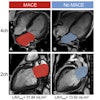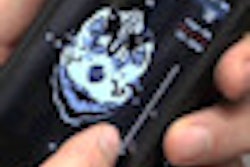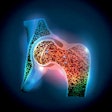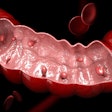Sunday, November 25 | 11:45 a.m.-11:55 a.m. | SSA10-07 | Room E353B
In this scientific session, researchers will share how coronal maximum intensity projection (MIP) image reformations can improve the detection and measurement of urinary tract stones.Nonenhanced MDCT is the current modality of choice for evaluating urolithiasis. MDCT can detect the stone size, location, and presence of urinary obstruction, and it's also used to measure stone density. This can help predict stone composition and response to therapies such as shock-wave lithotripsy, said presenter Dr. Margaret Hsu from the University of California Davis Medical Center.
While slice thickness less than 5 mm has been shown to improve stone detection and yield more accurate attenuation measurements, thinner slices also increase viewing time and noise level. This can limit evaluation for other causes of abdominal pain if urolithiasis is not present, Hsu said.
The researchers proposed that MIP images would increase the conspicuity of stones, thus improving identification accuracy.
"This technique would also allow thicker slices to be used, and thereby shorten viewing time and improve efficiency," she said. "In addition, there are no partial-volume averaging effects with MIPs, so density measurements may be more accurate than routine axial and coronal reformats."
In a retrospective study, the researchers compared the accuracy of coronal MIP images with routine axial and coronal reformatted images for detecting and measuring the density of urinary tract stones. They found that coronal MIP reformations were more accurate for both detection and density measurements than routine axial and coronal reformations.
"We suggest that coronal MIP images be used as the primary technique for detection and density measurement of urinary tract stones because they can improve efficiency and accuracy, and conventional axial and coronal reformats can be used for evaluation of the remainder of the abdomen and pelvis," Hsu said.




















